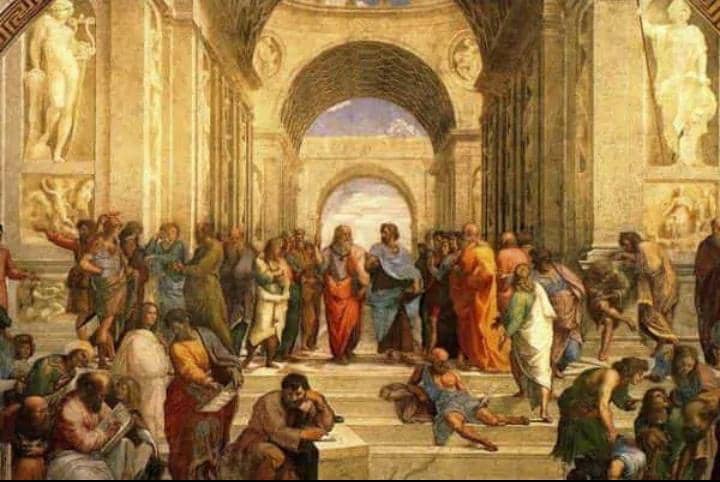The Renaissance, a transformative period spanning from the 14th to 17th century, marked a significant revival of arts, sciences, and learning in Europe.
This era, which followed the Middle Ages, was characterized by a renewed interest in classical Greek and Roman culture, a shift towards humanism, and a desire to explore and understand the world through scientific inquiry.
One of the most notable figures of the Renaissance was Leonardo da Vinci, a true Renaissance man who excelled in various fields, including art, science, engineering, and invention. His masterpieces, such as the Mona Lisa and The Last Supper, showcased his unparalleled artistic talent and innovative techniques.
Read also: Understand Why Lawyers Wear Black and White
Da Vinci’s scientific curiosity led him to make groundbreaking observations and sketches of human anatomy, which were far ahead of his time.
Another key figure who challenged the established beliefs of the era was Nicolaus Copernicus, a Polish astronomer who proposed the heliocentric model of the solar system. This revolutionary idea, which placed the Sun at the center of the universe, contradicted the prevailing geocentric model and paved the way for future scientific advancements.
The Renaissance also saw the rise of influential thinkers and philosophers, such as Descartes, Locke, and Hobbes, who explored the nature of human knowledge, the social contract, and the foundations of political thought. These ideas had a profound impact on the development of modern philosophy and political theory.
The invention of the printing press by Johannes Gutenberg in the 15th century was a game-changer, as it allowed for the mass production and dissemination of books and ideas. This technological advancement facilitated the spread of knowledge and contributed to the democratization of learning, making it accessible to a wider audience.
In the realm of art, the Renaissance witnessed the rise of iconic figures like Michelangelo, Raphael, and Titian. Michelangelo’s masterpieces, such as the Sistine Chapel ceiling and the statue of David, showcased his unparalleled skill and creativity. These works not only captivated audiences but also pushed the boundaries of artistic expression.
The Renaissance also saw the emergence of influential writers and playwrights, such as William Shakespeare and Miguel de Cervantes. Shakespeare’s plays, which explored themes of love, tragedy, and the human condition, have endured the test of time and continue to be studied and performed worldwide.
Cervantes’ novel Don Quixote, considered one of the earliest modern novels, satirized the chivalric romances of the past and offered a fresh perspective on storytelling.
The scientific revolution, which took place during the Renaissance, marked a significant shift in the way people understood the natural world. Scholars like Galileo Galilei, Isaac Newton, and Johannes Kepler made groundbreaking discoveries that challenged the existing beliefs and paved the way for modern science.
Galileo’s observations through his telescope, Newton’s laws of motion, and Kepler’s laws of planetary motion revolutionized our understanding of the universe and laid the foundation for future scientific advancements.
The Renaissance’s legacy can be seen in the modern world’s emphasis on individualism, secularism, and the pursuit of knowledge and innovation. The period’s influence continues to shape our understanding of the world and our place in it.

